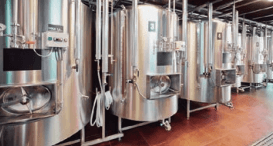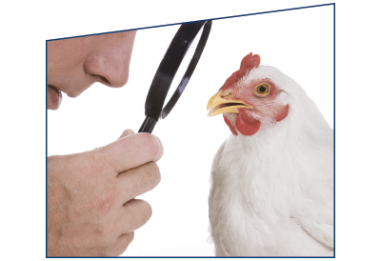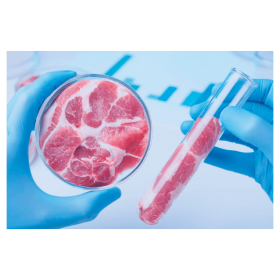Laboratory meats, or lab meats (in vitro), follows the principles of regenerative medicine that’s applied to regenerate tissues in patients with degenerative problems and other pathologies.
These advances encouraged researchers to test if livestock muscle tissue can undergo similar processes.
Scientists argue that there could be many benefits in this new technology that will revolutionize our environment and tables.
The motivation here is to end animal suffering, improve the environment, and provide a safer and cheaper meat supply from what we have today.























































